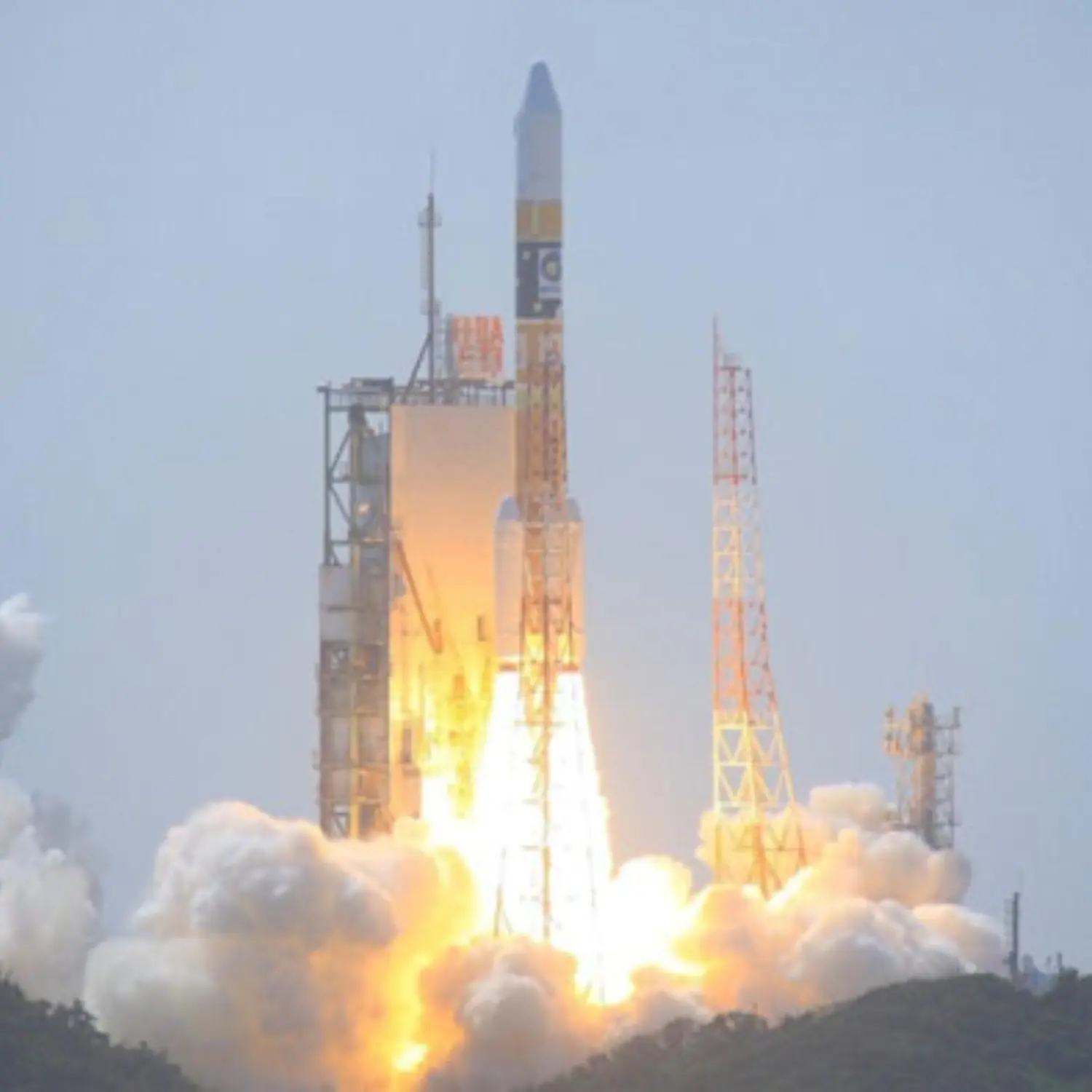/
Himawari 6
Launch Success
Liftoff Time (GMT)
09:25:00
Saturday February 26, 2005
Mission Details
Launch Notes
First flight of H-IIA 2022.
Himawari 6
Space Systems/Loral (SS/L) is building MTSat (Multifunctional Transport Satellite), an advanced geostationary satellite for air traffic control and weather observation, under a contract with the Japanese Ministry of Transport Civil Aviation Bureau & Meteorological Agency. This multi-functional satellite will provide communications and navigational services for aircraft, and provide weather data to users throughout the entire Asia-Pacific region, as far south as Australia / New Zealand. The spacecraft was delivered to Japan in March, 1999, for launch the next year on a Japanese H-II rocket. SS/L will conduct orbit raising and orbital tests before turning the satellite over to the ministry. All integration and ground testing of the satellite was conducted at SS/L's facilities in Palo Alto, California. It was launched on an H-2S rocket, but due to a rocket failure never reached orbit. MTSat 1 was to be renamed Mirai after reaching orbit, but this name was not used due to the launch failure. A repacement MTSat 1R is built also by SS/L. The Japanese Civil Aviation Bureau will use MTSat to reduce en route aircraft separation, provide flexible flight profile planning, enhance air travel safety, and improve the quality of aeronautical communications. To that end, it will be positioned at an orbital slot of approximately 140 degrees east, and provide high quality digital voice and data communications in the L, Ku, and Ka bands. The Japanese Meteorological Agency will use MTSat to provide observed cloud imagery and continuous weather products such as cloud and vapor distributions, cloud motion wind vector, sea surface temperature, and information on typhoon, low pressure, and front activity. MTSat also will receive raw data from data collection platforms on land and sea, deliver it to a processing station, and then broadcast the processed data and imagery across the region. It is the successor to the GMS 1-5 satellite series.
Geostationary Earth Orbit
1 Payload
2,900 kilograms
Rocket


Agency
MHIRocket
Height: 53m
Payload to Orbit
GTO: 4,500 kg
Fairing
Diameter: 4.07m
Height: 12m
Stages
2
Strap-ons
2
Launch Site
Stats
H-IIA
7th
Mission
1st
Mission of 2005
2005
6th
Orbital launch attempt